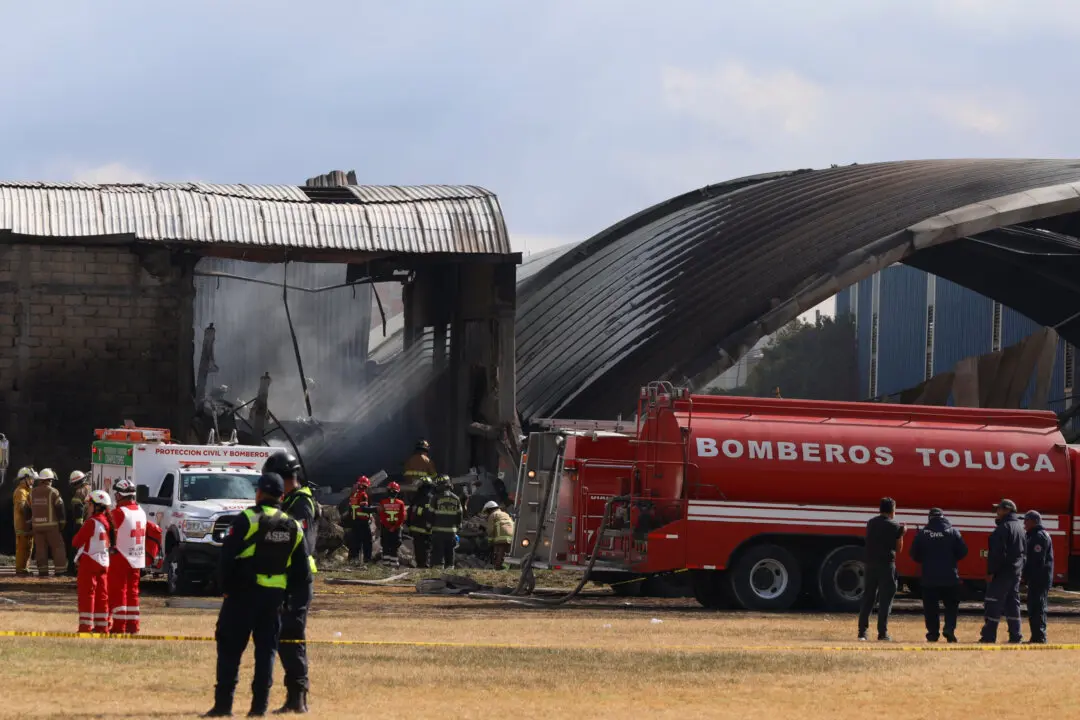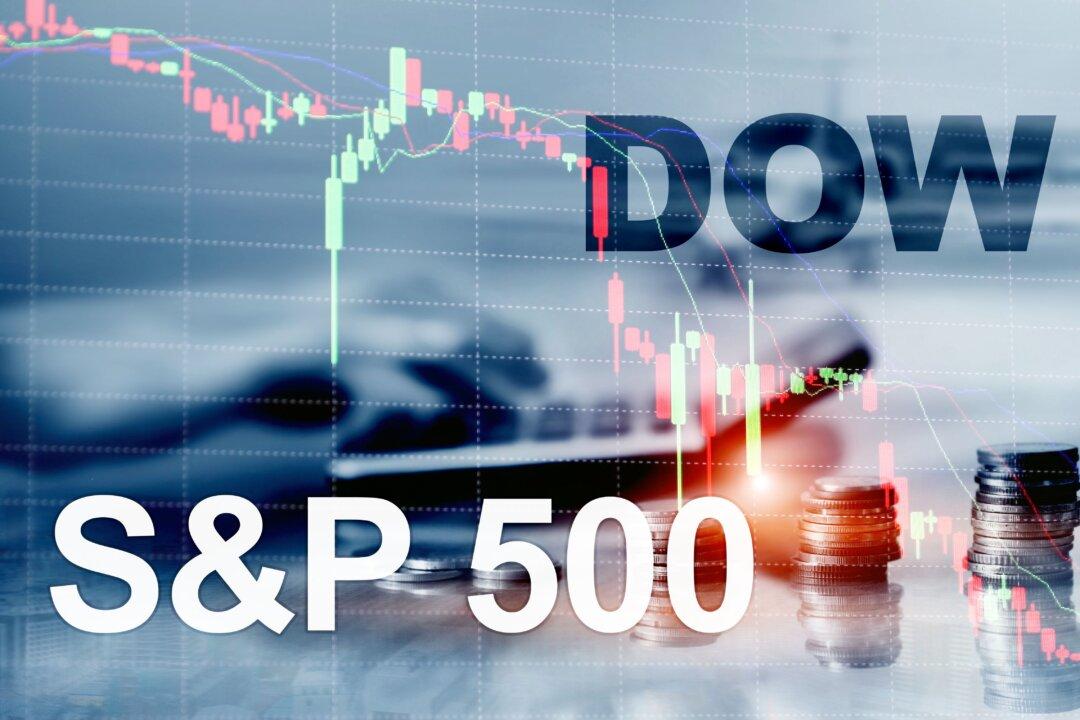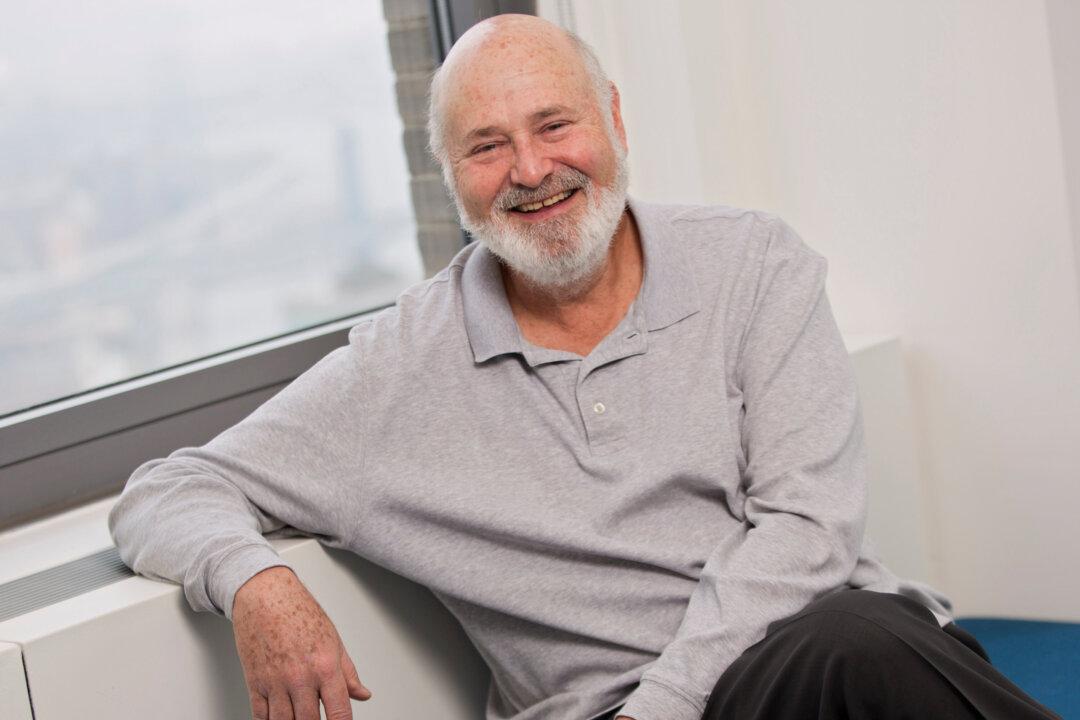NEW YORK—Boeing ousted CEO Dennis Muilenburg on Dec. 23 with no end in sight to the crisis that has engulfed the vaunted American aircraft manufacturer since the crash of two of its 737 Max airliners.
The Boeing board had supported Muilenburg for months despite calls for his resignation from lawmakers and relatives of the passengers killed. When it became clear in recent days that federal regulators would not certify the grounded Max to fly again by year’s end as Muilenburg had hoped, the board finally abandoned him.





